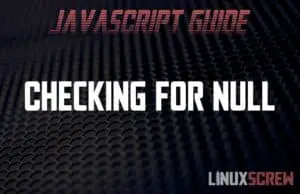How to use Comments in JavaScript
This short article will explain how and why you should use comments in JavaScript. First up, how to comment. What is a Comment? A comment in programing is one or more lines of text that aren’t interpreted as programming instructions. Instead, the computer skips them when executing your code, completely ignoring them. Therefore, comments don’t have to conform to any valid syntax. They’re just text that you read, and the computer doesn’t. Single-Line Comments in JavaScript Commenting is easy. How easy? This easy: // This is a comment … Read more

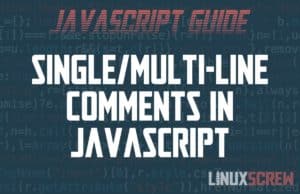

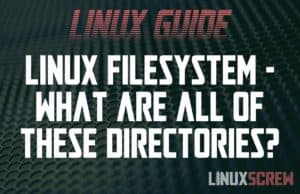

![Bash Scripts Set Environmental Variables with EXPORT [HowTo] 5 Bash Set/Export Environmental Variable](https://cd.linuxscrew.com/wp-content/uploads/2021/09/bash-set-environmental-variable-feature-300x194.jpg)
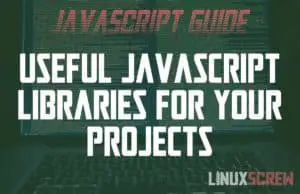

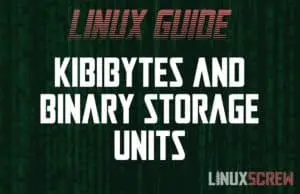
![Check if a JavaScript Variable is an Array with isArray() [Examples] 9 Javascript Array.isArray()](https://cd.linuxscrew.com/wp-content/uploads/2021/09/javascript-is-array-feature-300x194.jpg)
